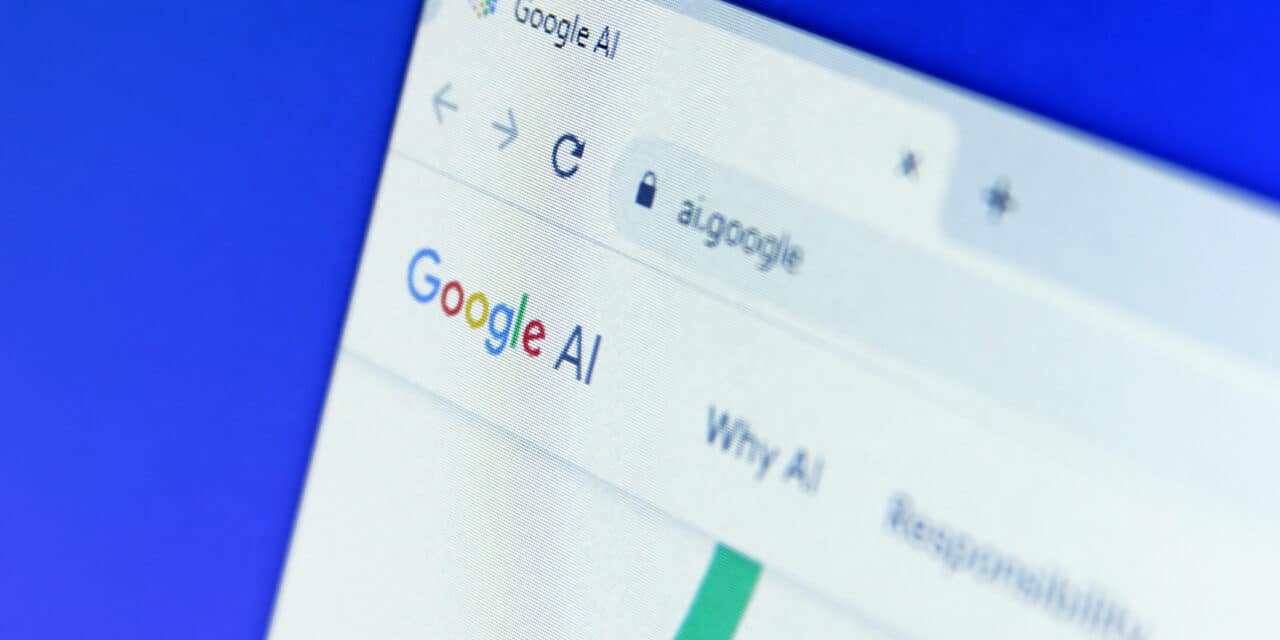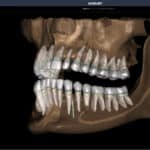AI-driven changes to Google’s local search and advertising platforms are reshaping online visibility for orthodontic practices, making proactive digital marketing and ongoing profile management essential to stay competitive.
By Jeff Slater
The digital landscape for orthodontic practices is evolving rapidly, and artificial intelligence (AI) is at the heart of that transformation. Google is now using AI more aggressively in its local search algorithms, creating greater volatility in rankings and changing how potential patients discover local businesses, including orthodontists.
To stay competitive, it’s essential to understand how AI impacts local search and what your practice needs to do to keep up.
AI Is Redefining Local Search
AI is no longer a futuristic concept, it’s built into how Google delivers local search results. Instead of relying solely on static factors like location, reviews, and backlinks, Google’s AI systems analyze real-time signals such as search behavior, mobile context, and content relevance.
As a result, local rankings have become less predictable and more personalized. What one person sees when searching for “orthodontist near me” might differ from what another person sees, even if they’re in the same city. This shift makes it more difficult for orthodontic practices to maintain stable rankings unless they actively manage their online presence and adapt to the new rules.
AI and the Case of the Disappearing Listings
We are already seeing striking examples of AI’s impact on local search. Practices are being hit with sudden changes to their Google Business Profiles (GBPs). Some listings disappear from the map pack altogether. Others have critical details, like categories or hours, that update without warning (or approval from the business)!
In most cases, these edits are the result of AI-driven updates or user-generated suggestions that Google accepted automatically. Even if the information was incorrect, profiles were updated anyway, often without notifying the business owner.
These incidents reveal a key truth: if you’re not actively monitoring your online profiles, AI might change them without your approval, and your local visibility could suffer.
Monitor Your Google Business Profile Closely
Your GBP is one of your most important digital assets. It’s often the first thing people see when searching for an orthodontist, and it plays a major role in your map rankings. Yet, many practices set it up once and never look at it again.
That’s a mistake in 2025. With AI and user contributions influencing your profile, it’s more important than ever to stay on top of it. You should regularly check key details like your business name, categories, address, phone number, website link, and business hours. Even a small error can lead to confusion or lost traffic.
Check your GBP as part of your weekly marketing routine. Staying vigilant could be the difference between ranking in the top 3 or not appearing at all.
Listen to the Podcast: How Google’s AI Is Changing Online Visibility for Orthodontic Practices
AI and the Rise of Dynamic Google Ads
AI isn’t just reshaping how websites rank—it’s also transforming how paid search advertising works. Google Ads has fully embraced dynamic ad formats, meaning your ads are now being generated on the fly. Instead of running static headlines and descriptions, AI automatically builds the ad using a combination of your inputs and real-time data, including the user’s location, search history, device, and intent.
This allows for highly targeted advertising but also opens the door to mismatches. For example, many orthodontic practices have reported their ads appearing in results for unrelated searches like “dental implants.” This can result in wasted ad spend and confusion among searchers.
To avoid these issues, practices must be even more hands-on with their ad campaigns:
- Review search term reports regularly.
- Add negative keywords to block irrelevant traffic.
- Test different headline and description combinations to train the AI more effectively.
- Avoid vague or overly broad targeting that could confuse Google’s learning models.
AI-powered advertising requires just as much attention as your orthodontic SEO. It’s not “set and forget”—it’s “monitor and refine.”
Google Ads Verification Is Getting Stricter
Another trend orthodontic practices need to watch is the increase in Google Ads verification requirements. More advertising accounts are being selected for verification, requiring businesses to submit official documentation, such as utility bills, articles of incorporation, or tax documents, to prove their legitimacy.
Your account can be suspended if the business name in your ads doesn’t match the documents you provide. And if you miss the verification deadline, your business may be blacklisted from running ads altogether.
To protect your ability to advertise on Google:
- Make sure your business name is consistent across all platforms.
- Preemptively complete the verification process if you’re already advertising.
- Keep your official documents accessible in case Google requests them.
Don’t wait until you’re randomly selected. By verifying your business in advance, you avoid disruption and show Google that your practice is legitimate and trustworthy.
SEO is More Important Than Ever
Orthodontic SEO has always been critical for visibility, but AI is raising the stakes. Google’s evolving algorithms reward sites that deliver fast, helpful, and relevant experiences to users.
Outdated websites with thin content, poor mobile performance, or slow load times are falling behind. AI can quickly identify when a site doesn’t meet modern standards, and it won’t hesitate to rank a competitor higher if their site is better optimized.
This means orthodontic practices need to focus on the basics: clear service pages, keyword-rich content, internal linking, and local optimization. It’s not enough to just have a website; it has to be fast, mobile-friendly, and tailored to what prospective patients are searching for.
Avoid Falling Behind in the Rankings
Practices that ignore these changes are at serious risk of being left behind. Dropping in search rankings doesn’t just mean fewer clicks—it means fewer phone calls, fewer consultations, and ultimately, fewer starts.
An outdated web presence can make your practice look out of touch. Worse, it can send patients directly to your competitors who have invested in orthodontic SEO and kept their online platforms current.
In 2025 and beyond, the divide between high-performing practices and everyone else is likely to grow. AI will reward those who stay current and penalize those who fall behind. The threat is real, but so is the opportunity.
How Orthodontic Practices Can Stay Ahead
To prepare for this new reality, orthodontic practices need to take proactive steps:
- Audit your digital presence: Review your website, local listings, and ad accounts to ensure everything is accurate and optimized.
- Invest in regular SEO support: Whether in-house or through a partner, you need consistent attention on search visibility.
- Modernize your website: Update your orthodontic website design for mobile responsiveness, speed, and SEO.
- Monitor your Google Business Profile: Don’t let changes slip through the cracks. Assign someone to keep it up to date.
- Stay informed about Google’s changes: AI-driven updates to both search and ads will keep rolling out. Stay adaptable.
The Bottom Line
AI is transforming how patients find orthodontists—and how Google decides which practices to show. With local search becoming more volatile and personalized, orthodontic practices can no longer afford to ignore these changes.
Now is the time to strengthen your SEO, monitor your advertising, verify your business identity, and modernize your website. By doing so, you’ll ensure your practice remains visible, competitive, and successful in the ever-changing digital landscape of 2025 and beyond. OP
Photo: ID 296865467 © Mohamed Ahmed Soliman | Dreamstime.com
Jeff Slater is vice president of operations at Kaleidoscope.










